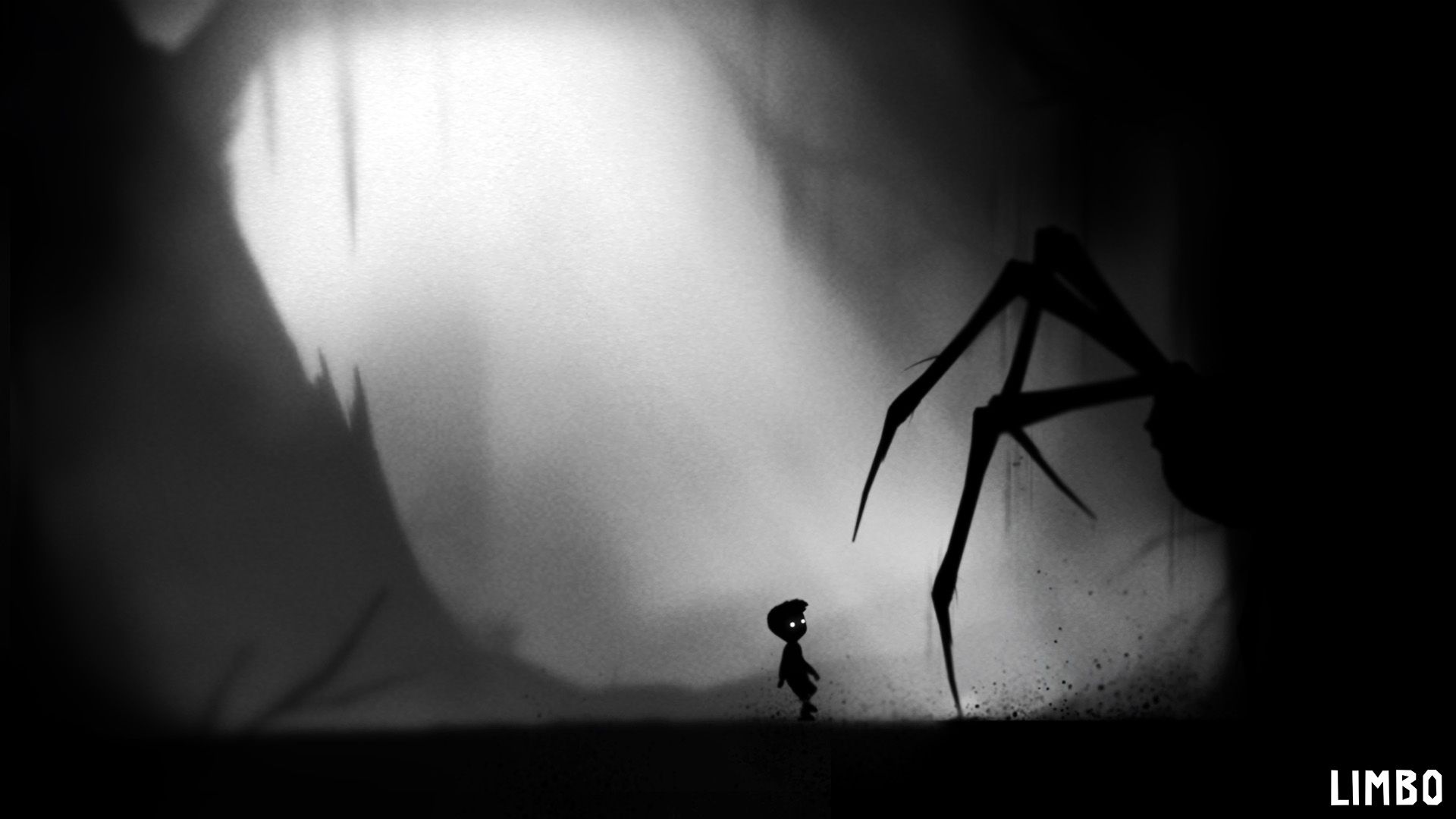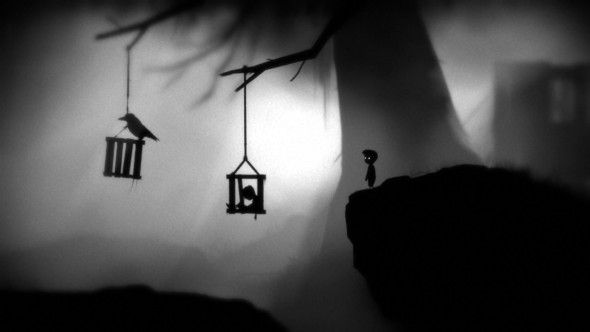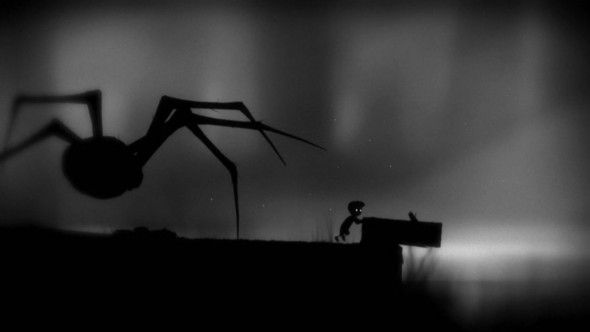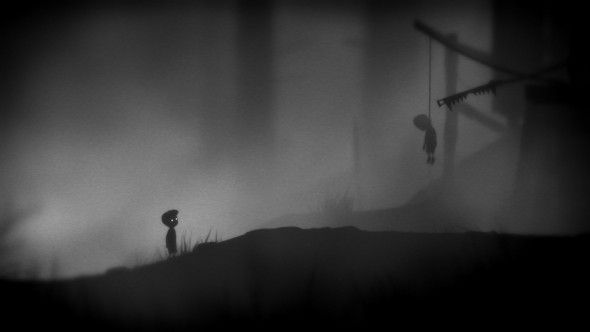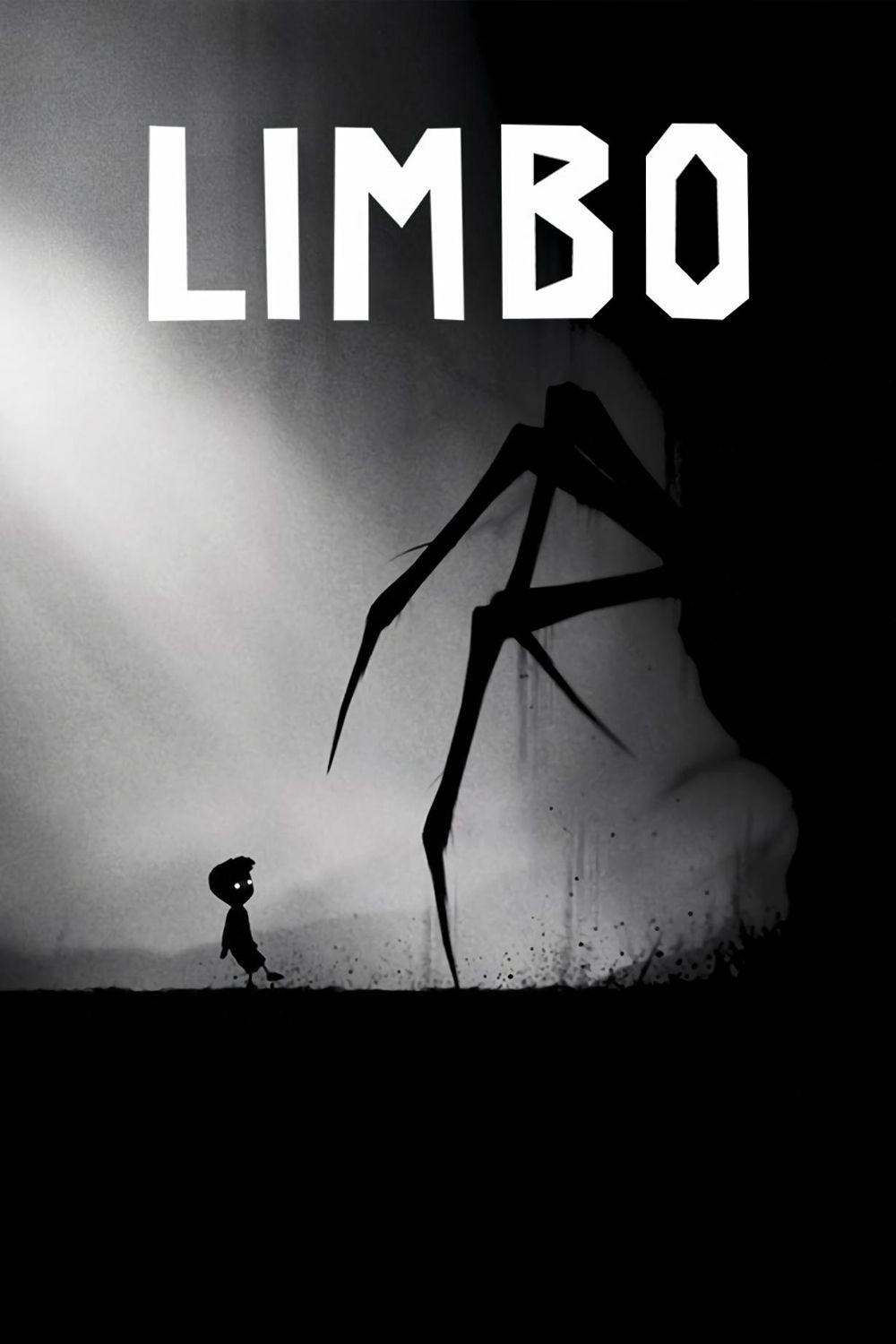After Playdead's Limbo came out of almost nowhere and released to critical acclaim on Xbox 360 in 2010, it made waves in the indie scene. In the eight years since its initial release, countless puzzle platformers that have something to owe to Limbo have been released by tons of independent developers. This soon became one of my favorite sub-genres, and I've even reviewed a few of them on DualShockers.
Limbo, which has hit a multitude of platforms, came to Nintendo Switch today. Thankfully this has given me a reason to jump back into the game and play it once more. Even all these years later, after countless games in the vain of Limbo (including Playdead's amazing follow-up Inside), this puzzle platformer still holds up in both gameplay and storytelling
[pullquote]"Limbo still manages to be captivating emotionally, with an ending that leaves a lot up to interpretation."[/pullquote]
This game follows the story of a boy looking for his sister, though nothing is explicitly shown or told to the player. The vague but intriguing plot is told through the game's silhouetted environments and the extremely rare pantomime. That being said, Limbo still manages to be captivating emotionally, with an ending that leaves a lot up to interpretation. This was an early example of an indie game that opted to tell a interesting story via purely visual means, and has inspired several other games to do the same since.
Limbo's visuals and sound design also add a lot of to the experience. The game's art style is striking and memorable to this day, and has inspired many copycats in the years since its initial release. It's able to display so much with just black, white, and shades of gray. Coupled with the sound design, which is mostly ambient but extremely effective, Limbo is an experience that will stick with you long after its brief credits roll.
Limbo is one of the main titles responsible for the influx of puzzle platformer games in recent years. The game has you jumping, pushing, and pulling in a variety of different ways to solve puzzles. While some of the game's situations could seem a bit more standard nowadays, these same puzzles trailblazed at the time of release, and still hold up today.
While the late game mixes things up with complex water or physics-based puzzles, most of Limbo will have players moving, activating, jumping on, or manipulating specific objects to progress within this melancholy world. Even though there is a slight intentional delay to jumping, precision is still crucial, and deaths can be quite grisly.
Though its animations are relatively simple, Limbo can be a quite grim game at times, especially if the player is consistently messing up. There are several different ways for players to be maimed, dismembered, stabbed, and crushed by both the environment and the scarce but frightening enemies, and even experienced players will still occasionally slip up and miss the occasional jump or step in a bear trap, leading to the boy's disturbing demise.
This is one point of contention I could see new players have with Limbo. I've played the game multiple times, so I consistently remembered what I had to do to progress. For those who don't though, Limbo's puzzles are very trial-and-error heavy. While most of these situations are cleverly designed, there are a few instances where puzzles will blend into the environment due to the game's art style, so players will likely die a few times before they understand what to do.
I'm not trying to pan the game's difficulty; rather, I wanted to highlight the instances where new players must die in order to get a full grasp on the current situation. A majority of Limbo's puzzle and level design is genius, but these few instances might drag the experience down for new players. One could say that seeing the boy constantly die feeds into the game's macabre nature, but that's not really the case if it's at the cost of frustrating design.
Fortunately, these instances are few and far between, and this is barely a problem for those who are picking up the game once more like me. Limbo is a short game too and should take no more than four hours for most to beat. While this may sound too short for some, the length means every part of the game is highly polished, thought out, and intentional. Limbo is so concise that almost every part of it sticks you, even after the boy's journey concludes.
[pullquote]"Gamers who have not yet played Limbo but are fans of puzzle platformers should definitely pick up this title on Nintendo Switch."[/pullquote]
The Nintendo Switch port is competent too. I never ran into any glitches or frame rate issues, and only experienced one seemingly random crash that wasn't much of a set back due to Limbo's frequent checkpoints. Like with the iOS, Android, and PS Vita versions, the inherent portability of Limbo on Nintendo Switch is a plus, as the game can become super enthralling when played in the dark with a pair of headphones.
Gamers who have not yet played Limbo but are fans of puzzle platformers should definitely pick up this title on Nintendo Switch. It's masterful in both it's atmosphere and puzzles, even if its trial and error nature could get annoying for newcomers. The game offers even more value for gamers who love looking into the DNA of the current console scene, and seeing the roots of so many trends we see today. For returning players, this version offers a console-quality but portable Limbo that will captivate just as much as it did in 2010.

